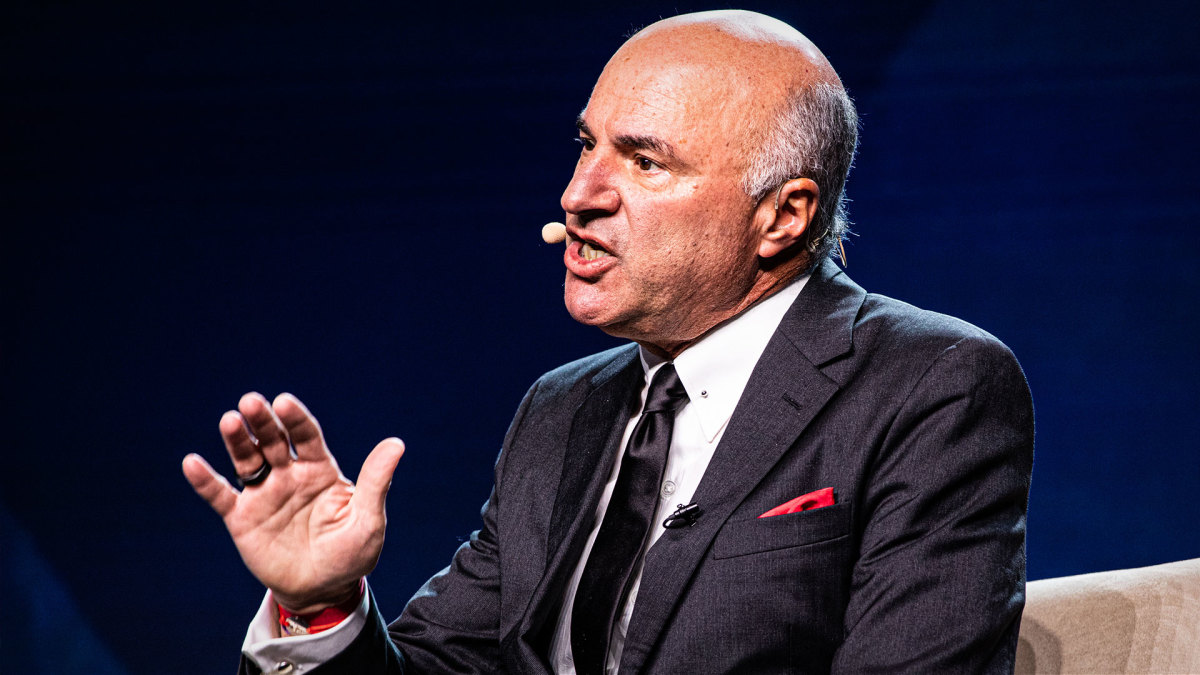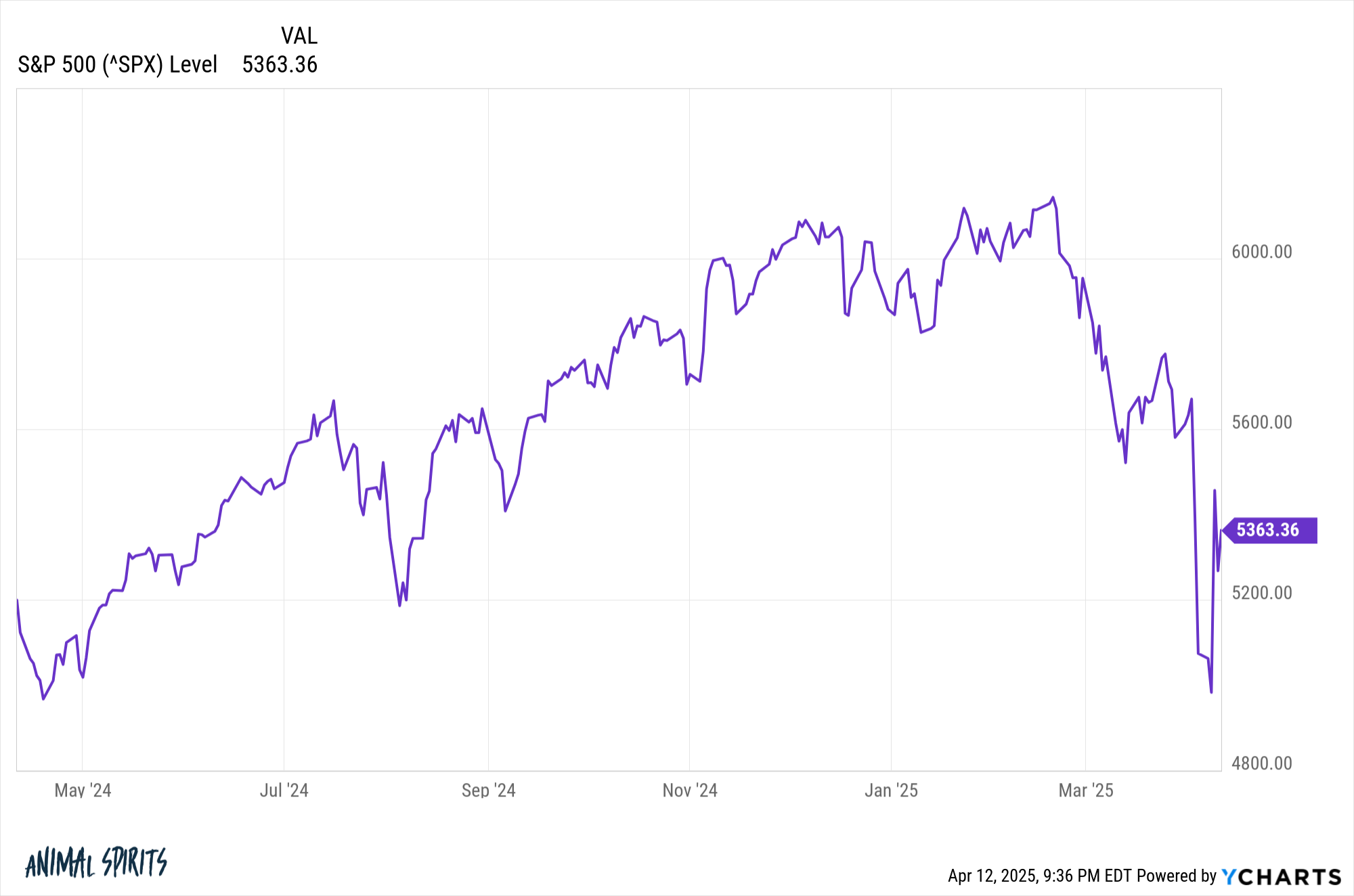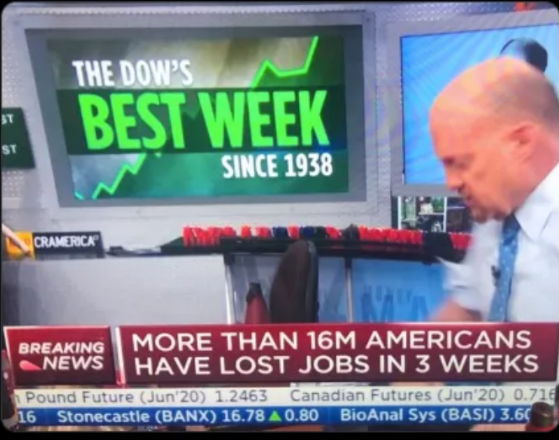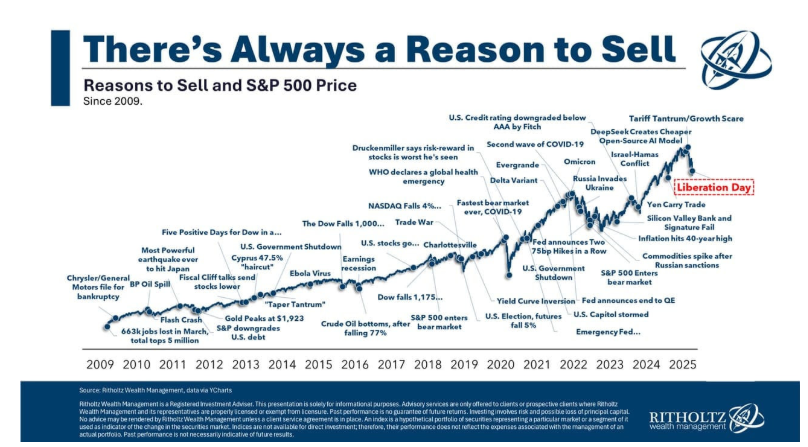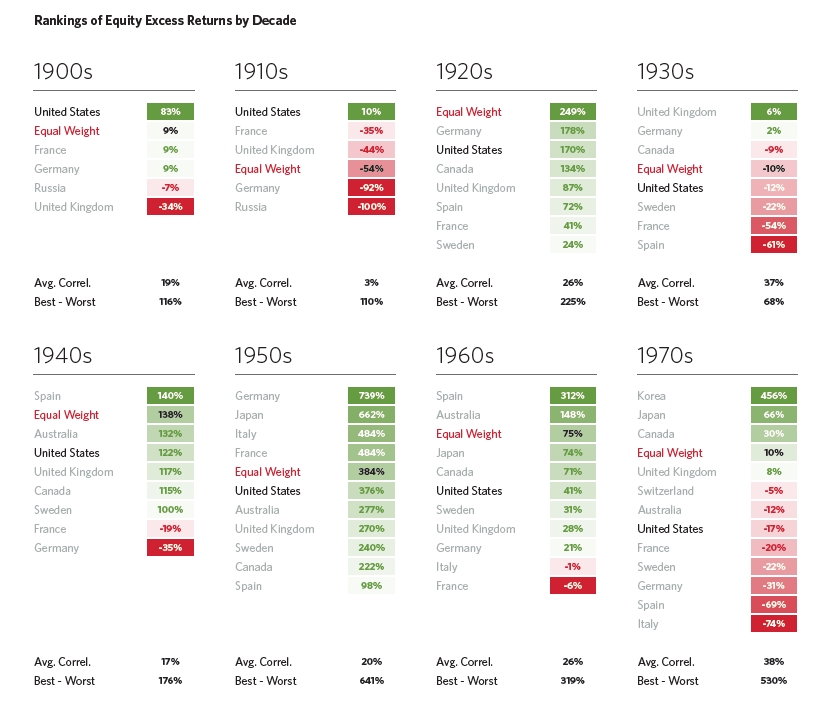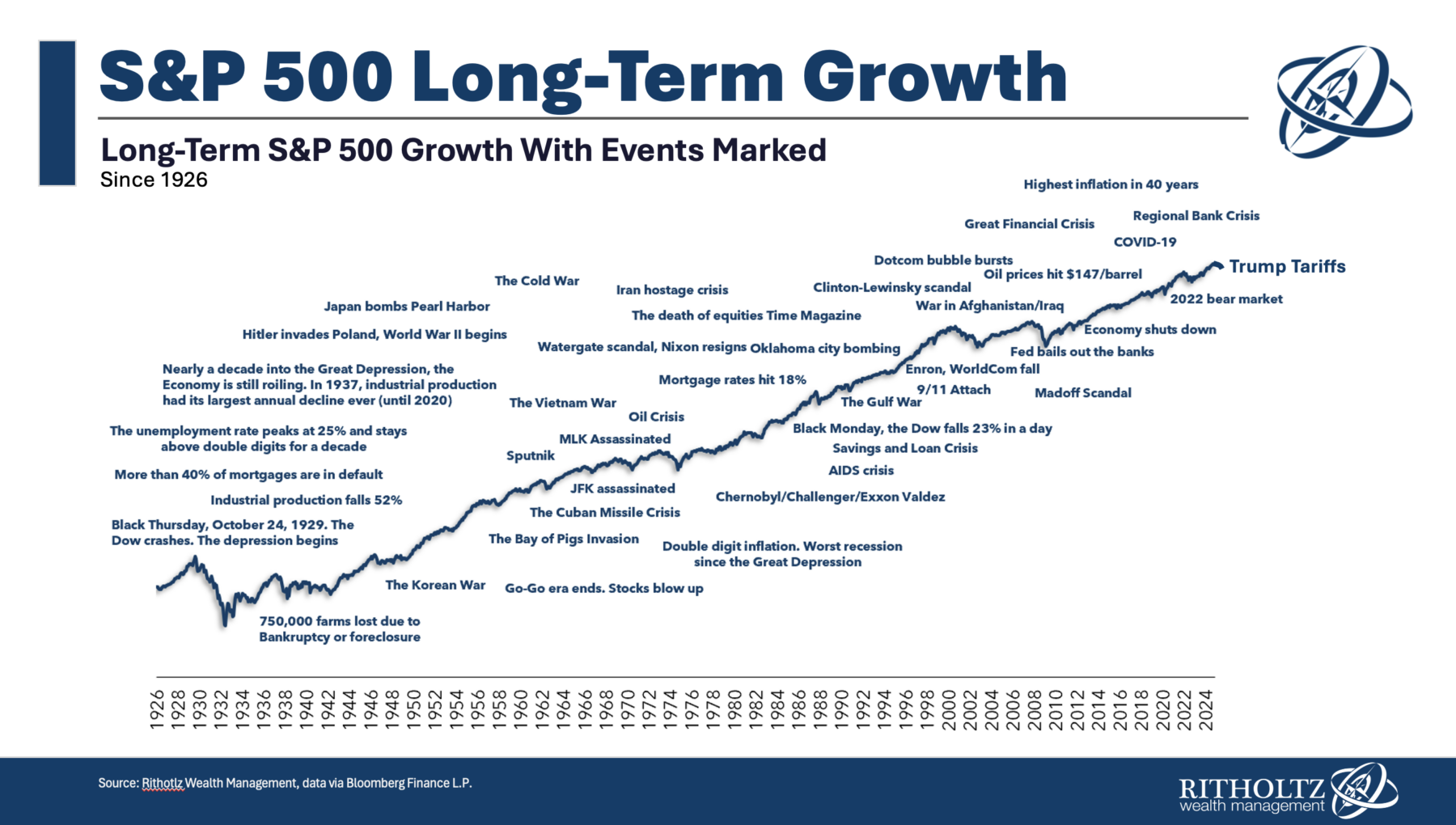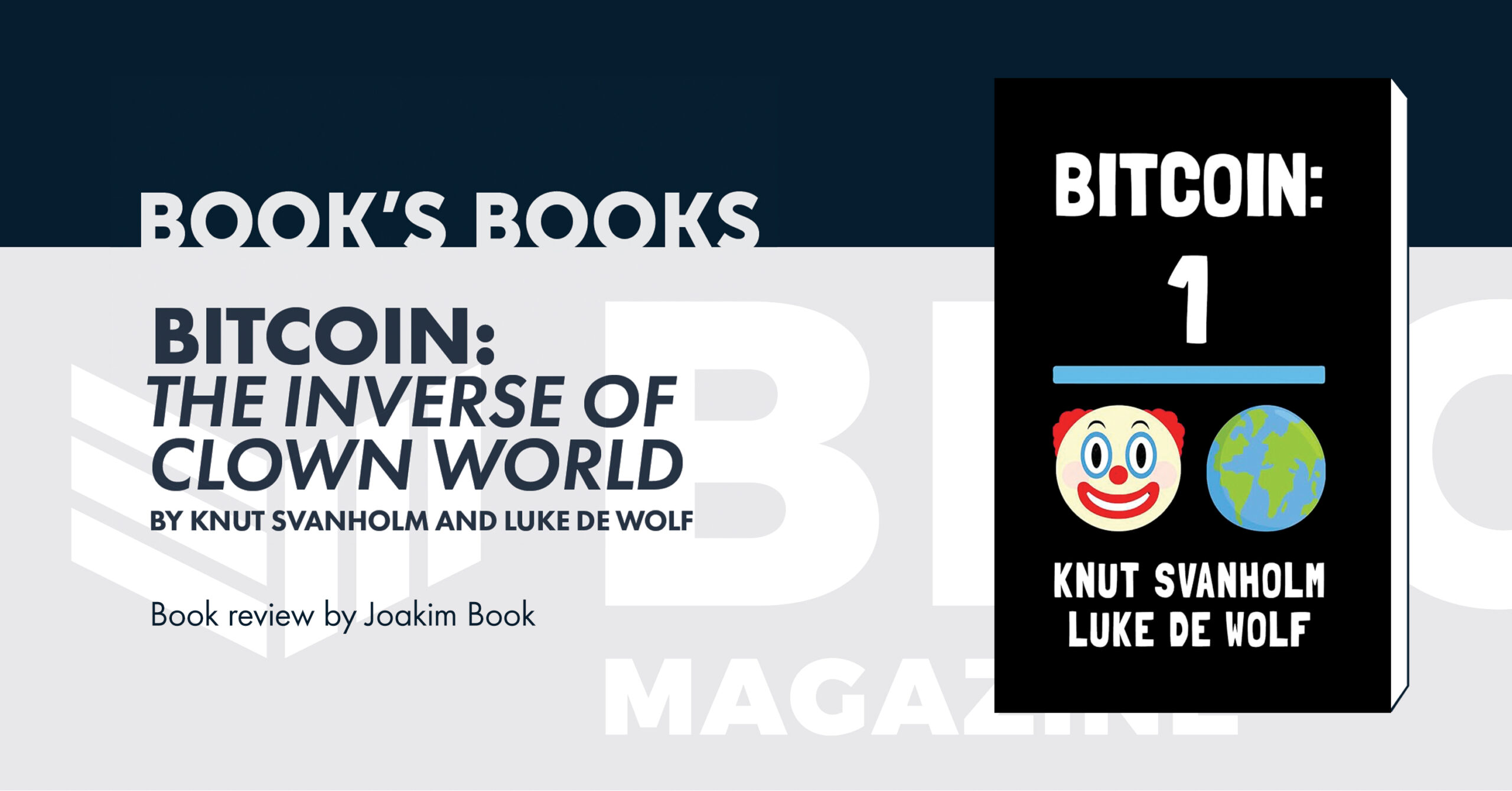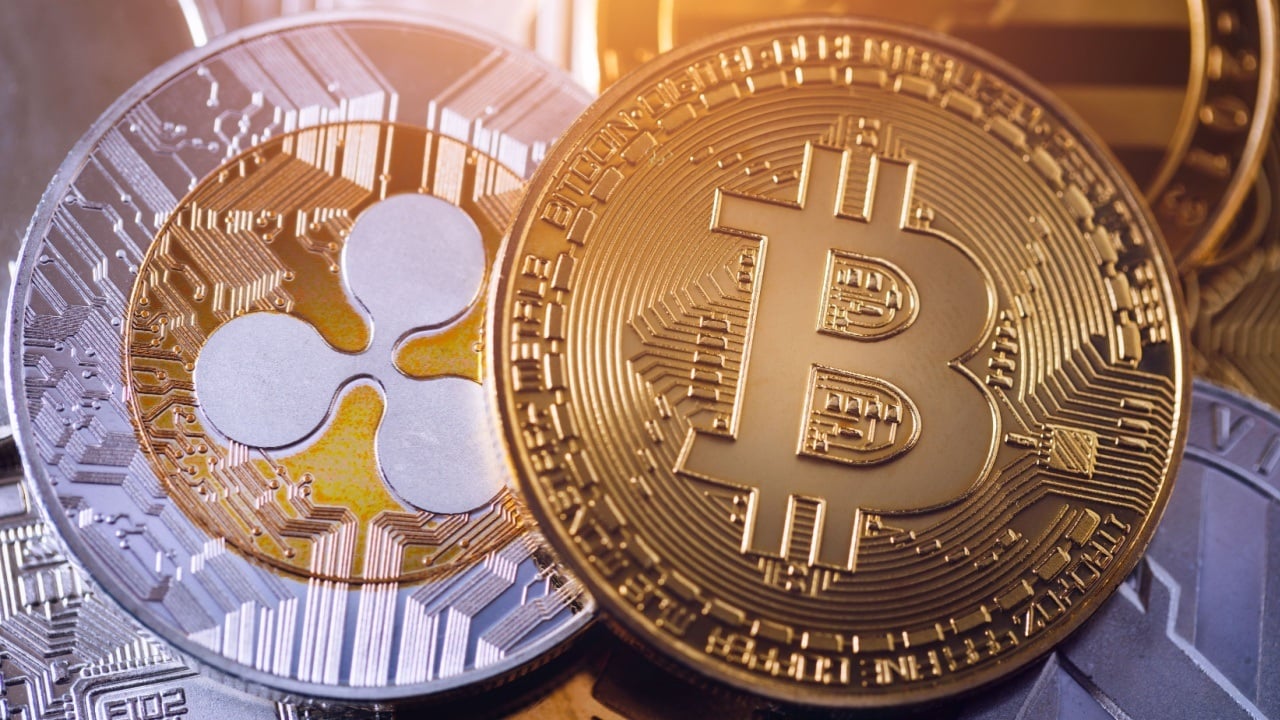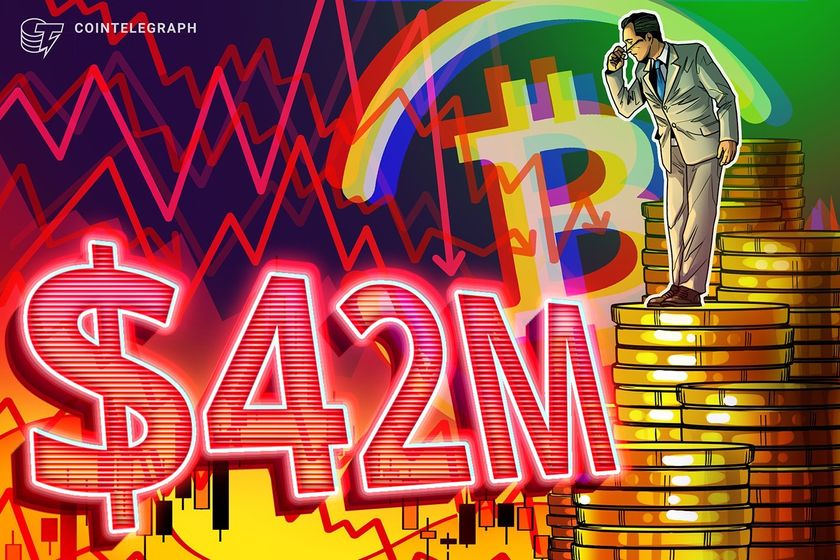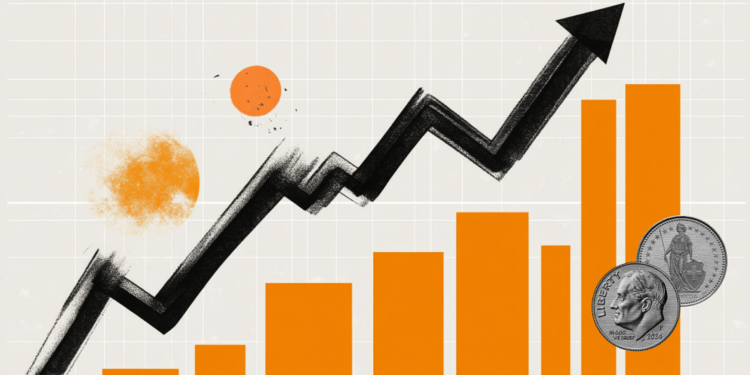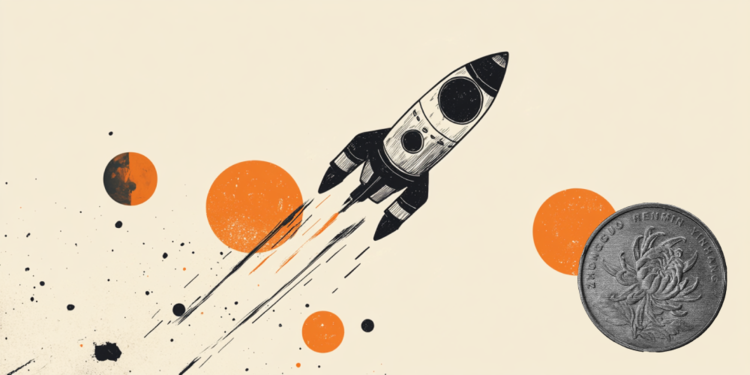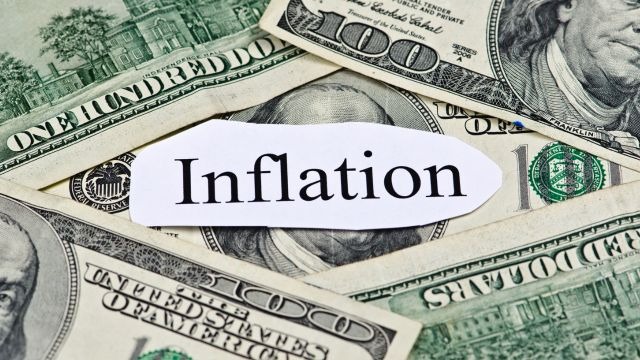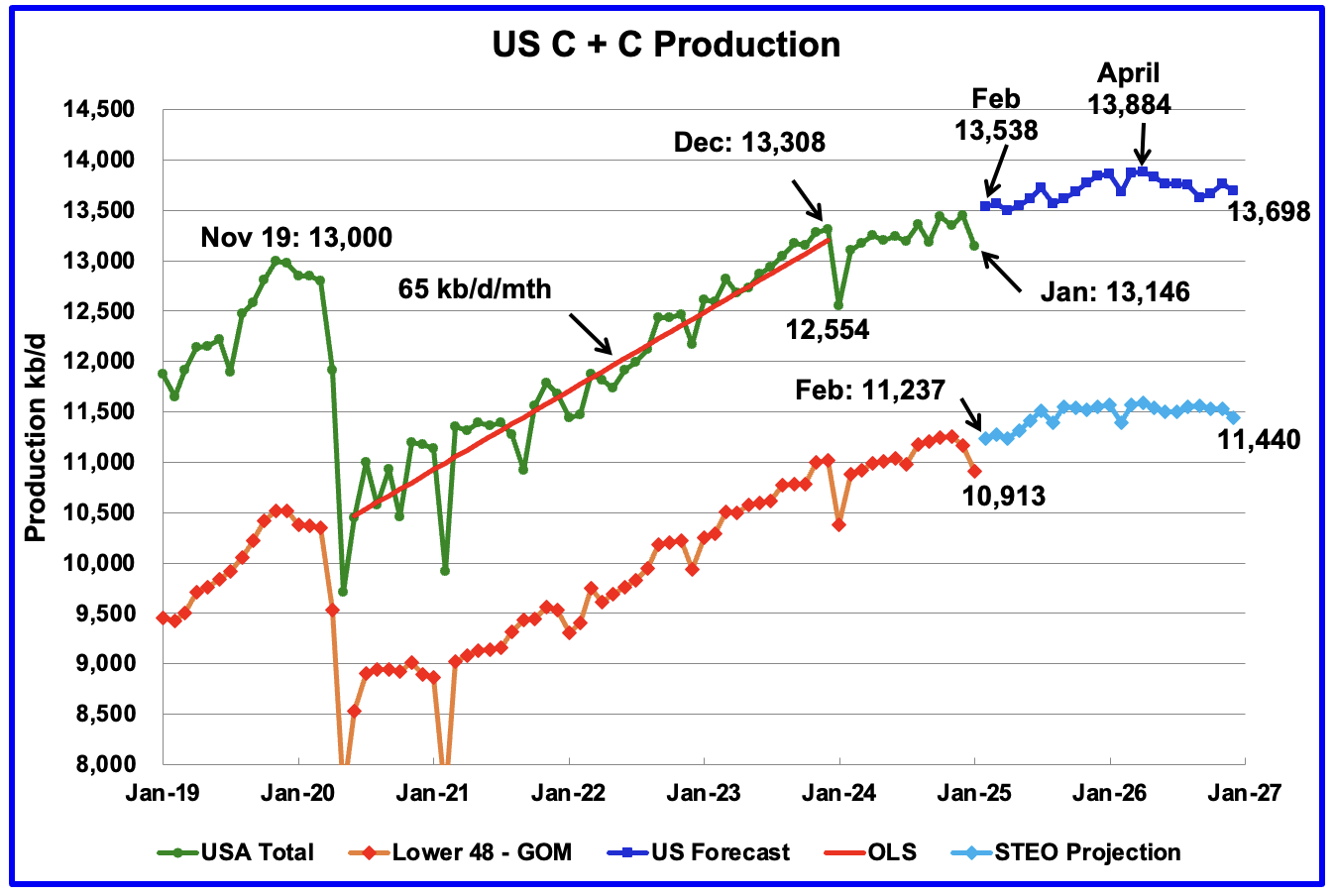Baby Boomers Used to Swear by Annuities — Here’s Why They’re Not Always Worth It
Annuities used to be a hit among those in the Baby Boomer generation. Indeed, those who don’t want to risk their principal and seek a more “personalized” touch versus the likes of certificates of deposit (CDs) may find it worthwhile to get down the route of an annuity. That said, there are notable drawbacks, most […] The post Baby Boomers Used to Swear by Annuities — Here’s Why They’re Not Always Worth It appeared first on 24/7 Wall St..

Annuities used to be a hit among those in the Baby Boomer generation. Indeed, those who don’t want to risk their principal and seek a more “personalized” touch versus the likes of certificates of deposit (CDs) may find it worthwhile to get down the route of an annuity. That said, there are notable drawbacks, most notably the lock-in period, which can be somewhat lengthy, and the rather hefty fees and commissions an annuity salesperson will take home, likely at your expense.
Indeed, fees and commissions stand to come out of your pocket, making some of the pricier variants not all too efficient relative to alternative income-generation products on the market. Of course, your mileage will vary, with some annuities charging loftier fees than others.
24/7 Wall St. Key Points:
-
Baby Boomers seem to be embracing a wider range of investment products, many of which can offer income for less.
-
4 million Americans are set to retire this year. If you want to join them, click here now to see if you’re behind, or ahead. It only takes a minute. (Sponsored)
Annuities used to be a Baby Boomer staple. Times have changed.
If it’s not the lock-in period of higher fees that has some Baby Boomers turning away from annuities, perhaps it’s their complexity and the need to deal with annuity salespeople—who wants to have to deal with that?
Indeed, more customized structured financial products tend to mean more documents to read over and sign, as well as ample fine print that you’re sure to be confused about if you’re not using the services of a qualified financial advisor or planner. It’s one thing to understand the annuity asset class, but it’s another thing to go down the rabbit hole of annuities, given the many shapes, variants, and other unique traits that can be tied to them.
Given the wide range of new financial products out there that aim to trim away at risk—think buffer ETFs (exchange-traded funds), which have exploded in popularity in recent years—at the cost of potential upside, it’s not hard to imagine why Baby Boomers’ appetite for annuities may be inclined to take a bit of a hit moving forward. Sure, such products may entail higher fees than an index fund, but such exchange-traded products, I believe, are pretty competitively priced. Also, you won’t have to pay a commission to a salesperson!
I wouldn’t encourage Baby Boomers or retirees to actively avoid annuities if they’re keen on them, though. If such an investor is incredibly risk-averse, comfortable with limited (or lacking) liquidity on invested sums, willing to understand added complexities (or if they have had good experiences investing in annuities previously), and willing to pay up (in the form of fees and commissions), perhaps the annuity path is still worth walking down.
Personally, I prefer a simpler, cheaper product that can provide income in a low-risk fashion.
Simpler and less-expensive options to annuities exist—often, they’re a better bet.
At the end of the day, annuities are just one type of instrument in the orchestra that is a Baby Boomer’s diversified portfolio. Arguably, it’s an instrument that one may not need to find to hit the right tune. And with the advent of easy-to-access exchange-traded alternative investments like bond funds, buffer funds, real estate investment trusts (REITs), asset allocation funds (think target-date funds), precious metal trusts, and all the sort, I think there’s simply more competition out there for Baby Boomers’ investment dollars.
Of course, high-yield savings accounts (HYSAs), CDs, and Treasury Bills (T-Bills) are more popular options for a reason: because they are simpler, inexpensive, and virtually risk-free.
Indeed, some older Baby Boomers are more than satisfied with lower returns if it means sleeping like a baby at night knowing a potential trade war, interest rate hikes, or a few words from the Fed won’t wipe out a portion of one’s principal. A combination of CDs, high-yield savings, and T-Bills (and perhaps no annuities) could be enough to meet the needs of such a risk-averse Baby Boomer.
As always, a financial advisor could be a massive help for older investors looking to derisk their portfolios with income in mind.
The bottom line
If emotional security (and not returns) matters most, annuities can make sense in some situations, but do note that one will have to pay the price!
For most Baby Boomers who know how to navigate financial markets without losing their cool, I do think there are more rewarding products out there to help one meet or even exceed passive income goals. And, of course, for those who are ultra-conservative, there are simpler-to-understand, risk-free products out there worth considering before one takes a deep dive into the world of annuities.
Perhaps annuities need to adapt to win back the business of Boomers. Until then, do be sure to consider your broad range of options.
The post Baby Boomers Used to Swear by Annuities — Here’s Why They’re Not Always Worth It appeared first on 24/7 Wall St..

































